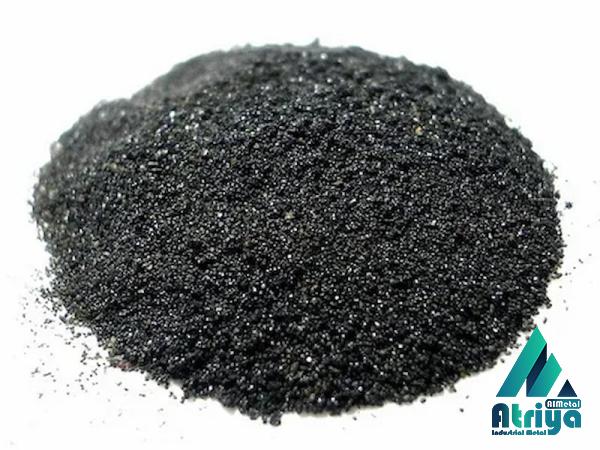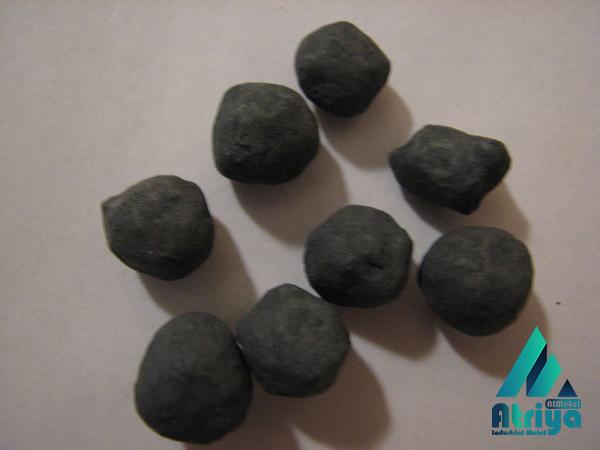Establishing an iron pellet plant requires careful planning and analysis of various cost factors. In this summary, we delve into the different aspects that contribute to the overall expenses of setting up an iron pellet plant. Introduction: Iron pellet plants play a vital role in the iron and steel industry by converting low-grade iron ore into high-quality pellets, which are then used as a raw material for steelmaking. The process involves heating and compressing the ore into small, uniform-sized pellets. However, establishing an iron pellet plant involves significant upfront costs. Land and Site Selection: The first factor in determining the cost of an iron pellet plant is land and site selection. Selecting a suitable location that is close to iron ore mines, has access to transportation networks, and possesses adequate infrastructure is crucial. The cost of land can vary depending on factors such as location, accessibility, and local regulations. Additionally, site preparation, including leveling and infrastructure development, needs to be taken into account. Engineering and Design: The engineering and design phase is critical for ensuring the efficiency and productivity of the pellet plant.
iron
 This includes designing the layout, selecting appropriate equipment, and finalizing the process flow diagram. Hiring experienced engineers and consultants to carry out this phase can be expensive but is essential for a successful project. Construction and Installation: The construction and installation phase involves erecting the structure of the plant, installing the necessary equipment, and connecting the various components to ensure smooth operations. The cost of construction can vary based on factors such as the complexity of the plant, labor costs, and availability of construction materials. Specialized equipment, such as kilns, pelletizers, and pollution control systems, are required, the costs of which need to be factored into the project budget. Raw Material and Energy Sources: Iron ore is the primary raw material required for pellet production. The cost of acquiring and transporting iron ore can vary depending on factors such as market demand, location, and quality of the ore. Securing a long-term supply contract with reliable iron ore suppliers is vital for cost stability. Additionally, pellet plants require energy sources such as coal, natural gas, or electricity for the heating and compression processes. The choice of energy source can impact operational costs and sustainability efforts.
This includes designing the layout, selecting appropriate equipment, and finalizing the process flow diagram. Hiring experienced engineers and consultants to carry out this phase can be expensive but is essential for a successful project. Construction and Installation: The construction and installation phase involves erecting the structure of the plant, installing the necessary equipment, and connecting the various components to ensure smooth operations. The cost of construction can vary based on factors such as the complexity of the plant, labor costs, and availability of construction materials. Specialized equipment, such as kilns, pelletizers, and pollution control systems, are required, the costs of which need to be factored into the project budget. Raw Material and Energy Sources: Iron ore is the primary raw material required for pellet production. The cost of acquiring and transporting iron ore can vary depending on factors such as market demand, location, and quality of the ore. Securing a long-term supply contract with reliable iron ore suppliers is vital for cost stability. Additionally, pellet plants require energy sources such as coal, natural gas, or electricity for the heating and compression processes. The choice of energy source can impact operational costs and sustainability efforts.
Specifications of iron
 Water and Utilities: Water is crucial for pelletizing as it helps bind the particles together during the pellet formation process. Ensuring a reliable and adequate water supply is important, and costs related to water acquisition, treatment, and recycling should be considered. Utilities such as electricity, gas, and fuel oil are necessary for various operations, including heating, processing, and transportation. The cost of utilities may fluctuate depending on factors such as location, availability, and market conditions. Labor and Human Resources: Skilled labor is integral to the smooth operation of an iron pellet plant. Hiring qualified personnel, such as plant operators, engineers, technicians, and maintenance staff, is essential. The cost of labor may vary depending on the location and local labor market conditions. Adequate training and safety programs should also be implemented to ensure employee productivity and reduce the risk of accidents and downtime. Environmental and Regulatory Compliance: Compliance with environmental regulations is essential for sustainable operations and to avoid potential penalties. Costs associated with environmental impact assessments, pollution control equipment, waste management systems, and obtaining necessary permits and licenses must be factored into the overall project costs. Implementing sustainable practices may incur additional expenses but can contribute to the long-term viability of the plant and its reputation.
Water and Utilities: Water is crucial for pelletizing as it helps bind the particles together during the pellet formation process. Ensuring a reliable and adequate water supply is important, and costs related to water acquisition, treatment, and recycling should be considered. Utilities such as electricity, gas, and fuel oil are necessary for various operations, including heating, processing, and transportation. The cost of utilities may fluctuate depending on factors such as location, availability, and market conditions. Labor and Human Resources: Skilled labor is integral to the smooth operation of an iron pellet plant. Hiring qualified personnel, such as plant operators, engineers, technicians, and maintenance staff, is essential. The cost of labor may vary depending on the location and local labor market conditions. Adequate training and safety programs should also be implemented to ensure employee productivity and reduce the risk of accidents and downtime. Environmental and Regulatory Compliance: Compliance with environmental regulations is essential for sustainable operations and to avoid potential penalties. Costs associated with environmental impact assessments, pollution control equipment, waste management systems, and obtaining necessary permits and licenses must be factored into the overall project costs. Implementing sustainable practices may incur additional expenses but can contribute to the long-term viability of the plant and its reputation.
buy iron
 Operational and Maintenance Costs: Once the plant is operational, ongoing costs related to maintenance, repairs, spare parts, and consumables need to be considered. Regular maintenance and inspections are necessary to ensure the smooth running of equipment, prevent breakdowns, and optimize operational efficiency. Developing a comprehensive maintenance plan can help minimize unexpected expenses and maximize plant uptime. Market and Price Volatility: The iron ore and steel industries are subject to market fluctuations, which can impact the profitability of a pellet plant. Costs related to market research, monitoring global supply and demand trends, and adapting to changing market conditions should be considered. Having a robust marketing strategy and identifying potential customers, both domestic and international, can help mitigate market volatility risks. Conclusion: Establishing an iron pellet plant involves a comprehensive evaluation of various cost factors. Land and site selection, engineering and design, construction and installation, raw material and energy sources, water and utilities, labor and human resources, compliance, operational and maintenance costs, and market considerations all contribute to the overall expenses. Understanding and carefully analyzing each of these factors are key to successfully establishing and operating an economically viable iron pellet plant.
Operational and Maintenance Costs: Once the plant is operational, ongoing costs related to maintenance, repairs, spare parts, and consumables need to be considered. Regular maintenance and inspections are necessary to ensure the smooth running of equipment, prevent breakdowns, and optimize operational efficiency. Developing a comprehensive maintenance plan can help minimize unexpected expenses and maximize plant uptime. Market and Price Volatility: The iron ore and steel industries are subject to market fluctuations, which can impact the profitability of a pellet plant. Costs related to market research, monitoring global supply and demand trends, and adapting to changing market conditions should be considered. Having a robust marketing strategy and identifying potential customers, both domestic and international, can help mitigate market volatility risks. Conclusion: Establishing an iron pellet plant involves a comprehensive evaluation of various cost factors. Land and site selection, engineering and design, construction and installation, raw material and energy sources, water and utilities, labor and human resources, compliance, operational and maintenance costs, and market considerations all contribute to the overall expenses. Understanding and carefully analyzing each of these factors are key to successfully establishing and operating an economically viable iron pellet plant.











Your comment submitted.